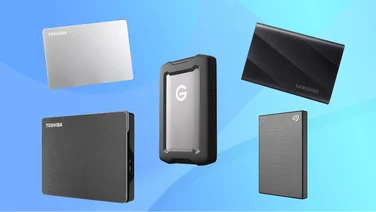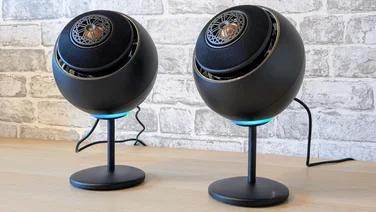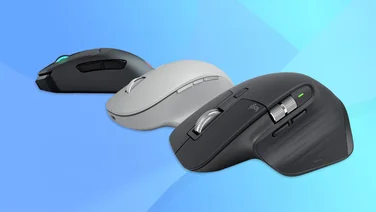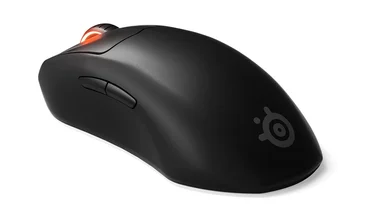To help us provide you with free impartial advice, we may earn a commission if you buy through links on our site. Learn more

- Feature-rich
- Comfortable design
- D-pad buttons placed slightly too far apart
It might not have the more overtly quirky shape of the Contour Unimouse, but the Cooler Master MM830 packs a lot of unusual hardware into what at first resembles a straightforward gaming mouse. Instead of a two-set of conventional side buttons, it has a gamepad-style, vertically oriented D-pad, and next to this is an integrated OLED display.
This is a similar concept, if lower in spec, to the built-in screen of the Asus ROG Ryuo 240 CPU watercooler. Straight out of the box, it just shows the manufacturer logo and slogan, but you can write your own messages and even have it show small images; a far more personal touch than the usual customisation staple of RGB lighting, although this is also present on the MM830.
READ NEXT: Asus TUF Gaming K7 review
Cooler Master MM830 review: Design and features
It’s certainly an interesting mouse, and straight away it proves itself comfortable to use as well. Built for right-handers, it’s a little bit shorter than the Asus ROG Gladius and doesn’t have quite as hard a curve on top, so it’s slightly more suited for claw and fingertip grips than full palm grips. It can still accommodate the latter, however, with the protruding thumb rest and flared-out right edge providing lots of support.
The shell and main buttons are made from a basic plastic, but the MM830 nonetheless has a more substantial, satisfyingly weighty feel than the Asus TUF Gaming M5. The lighting is also implemented better, as it shines around the scroll wheel and dpi switching button as well as the palm rest, so it won’t be covered up nearly as much.
This is generally a very well-made mouse indeed, although there are a few imperfections. First up is the D-pad: it’s a good idea, as it gives you a couple more extra points of control than standard side buttons without taking up too much space, but they’re still spaced too far apart for our liking. The left and right buttons in particular require decisive stretching and bending of the thumb respectively. Conversely, the top and bottom buttons are easy to reach, but are weirdly more difficult to press. We like to think we don’t have especially weak thumbs, but sometimes we had to brace the whole mouse with our ring and little fingers to get enough purchase.
Our other gripe is that the gigantic Teflon footpads feel like they drag too much on wood. The MM830 glides fine on a mousepad, but in both cases there’s a much more present sense of friction than most mice.

Cooler Master MM830 review: Performance
Fortunately, we could partly counteract the effects of this by raising the dpi value. Whereas the ROG Gladius and TUF Gaming M5 can switch between two dpi settings on the fly, the MM830 can switch between four, for even greater flexibility. By default, these are 400dpi, 1,200dpi, 4,000dpi and 12,000dpi, with distinct LED colour coding for each one, and this is also the mouse with the highest maximum sensor resolution of the lot: a dizzying 24,000dpi. The sensor is only 12,000dpi natively, but a firmware update uses software trickery to double it virtually.
In practice, this makes the cursor almost entertainingly over-sensitive, prone to swishing off the screen at the mildest of wrist movements. Still, the option is there for anyone who wants a higher resolution, as is the possibility of setting it as low as 200dpi or anywhere in between.
Cooler Master’s Portal software is even more awash with customisation options than Asus’s ROG Armoury utility, although this is mainly thanks to the variety of the hardware. You can record macros, remap any button except left-click with shortcuts and media controls, change all four dpi presets, choose the polling rate (although the default 1,000MHz is fine), change double-click speed and response time, tweak the lighting colours and set different effects, record and bind macros, and, most unusually of all, select what you want to appear on the OLED display.
While you can make your own crude doodles or scribbled text, the ability to upload images is too limiting to really appeal: they have to be in bitmap format, must be black and white, and measure 24×94 pixels in size; that’s a lot of hoops to jump through for what is ultimately a visual gimmick. It is, however, a fun gimmick, and custom messages are just one thing the display can be used for: you can also set it to show system monitoring information, such as CPU, GPU and RAM usage, as well as an APM (actions per minute) counter or the mouse’s current polling rate and dpi.
Most conveniently, it can tell you which settings profile is currently in effect. Portal’s final trick is the ability to set up to four custom profiles, encompassing all other tweaked settings and switchable on the fly through the D-pad. It’s yet another useful feature, allowing you, for example, to have one profile for gaming, one for work and one for casual browsing, although unlike dpi settings, there’s no LED indicator to let you know which profile is active. With the OLED display, this information is available at a glance, although you could also set distinct mouse-wide lighting for each profile instead.
Cooler Master MM830 review: Verdict
It’s true that the MM830’s two biggest features – the D-pad and OLED display – end up being minor niceties rather than game-changing innovations. However, that shouldn’t detract from the fact that they’re attached to an already-great mouse. It’s endlessly customisable, and the shape and thumb rest make it even more comfortable in the hand than the ROG Gladius. The MM830 is also more expensive, but since it’s both more ambitious and largely successful in realising that ambition, we’d say it’s worth the extra cash.







